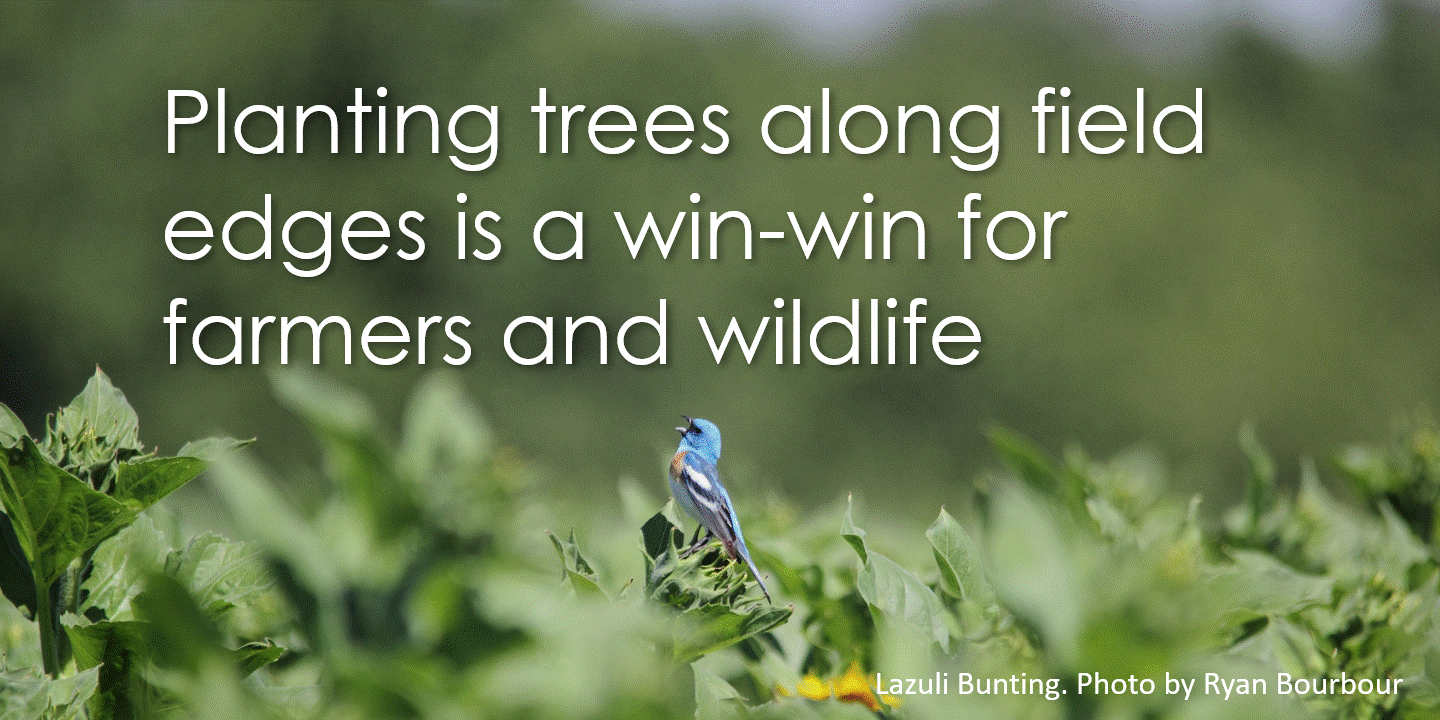The United States requires effective federal policy to reduce marine plastic pollution

Conservat Sci and Prac, Volume: 1, Issue: 6, First published: 23 April 2019, DOI: (10.1111/csp2.45)
My first nudge was a picture of a dead baby Albatross by Chris Jordan at Midway Atoll. Still in the nest, its decaying flesh and exposed bones twisted around a small pile of brightly colored plastic. A plastic lighter, still intact, rested on the top of the pile.
There are 22 species of albatross and they are all exceptional. The wandering albatross (Diomedea exulans) has the largest wingspan of any bird (up to 3.5 m or about 11.5 feet) and these birds fly around Antarctica three times a year, covering over 120,000 km (or 75,000 miles). The photos I saw were taken on Midway Atoll, a 2.4 square-mile island halfway between North America and Asia. Three species of albatross breed on this tiny atoll and for two of these species this location is especially important. It supports 70% of Laysan albatross (Phoebastria immutabilis) nesting in the world and the largest nesting population for Black-footed albatross (Phoebastria nigripes).
What shocked me the most was that even in the remotest part of the ocean – a place that seems so distant from convenience stores that sell lighters and plastic bottles – freshly hatched albatross chicks were dying from ingesting plastic. I imagined the adult bird flying for days nonstop over a beautiful cold ocean to find food to feed its new chick – the only one of the season for that adult as female Laysan albatross lay just one egg every other year. I imagined this adult scooping a floating lighter from the surface of the water, flying miles to return to the nest, and then tragically forcing this lighter down the chick’s throat in an effort to provide a healthy meal. Of course, I realized it wouldn’t stop there, as the pile of plastic between the bones suggested. The plastic was not digested by ocean or animal: this was many meals worth over many years.
That was just my first nudge. News came out about the Great Pacific Garbage Patch, where unfathomable amounts of plastic debris collect in the Pacific gyre. The patch was once believed to be the size of Texas but more recent estimates suggest it is 4- 16 times bigger than once thought. Then we realized that all 5 gyres of the ocean had garbage patches. I heard story after story of animals dying from plastic. Sea turtles were found dead with plastic bags stuffed in their guts, and alive with plastic forks stuck in their nostrils.
And so, years after seeing that first photo, I wrote a paper about this issue. I wanted to explain the scale of the threat for those that were unaware. I wanted to discuss policy options so we can collectively do better. We need to stop the flow of plastic into the ocean, plain and simple. However, given the many ways plastic gets in the ocean and the ubiquitous presence of plastic in our lives, stopping this is not so plain and simple. We need reform on a federal level. Check out the paper, add your voice to the cause, and refuse single-use plastic every day!
This paper was published in Conservation Science and Practice. Read full article here:
















